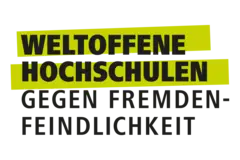How does the heating and cooling supply in the Audi Sportpark work? Participants in the excursion were given interesting insights into this by Stadtwerke Ingolstadt (SWI) and Audi Immobilien Solutions GmbH.
On October 15th 2024, 45 participants, including specialists and managers from relevant industries, decision makers from business and science, as well as interested students, had the opportunity to take part in an exciting practice-oriented excursion organized by the Institute of new Energy Systems (InES) at THI.
The Managing Director of SWI Netze GmbH, Mr. Stockmeier, took the participants on a tour of the Audi Sportpark's energy centre. This is operated by the municipal utilities on an energy contracting basis. A thermally operated absorption chiller is used as the cooling system. This can be operated at low cost, particularly in summer, using surplus heat from the district heating network - provided, for example, by industrial waste heat from the Petroplus refinery. The PV system on the roof of the Audi Sportpark also generates around 600,000 kWh of electricity per year, most of which is fed into the SWI grid. In summary, the energy concept reduces the stadium's CO2 emissions by up to 50 percent compared to other stadiums of this size.
The group was also able to gain an insight behind the scenes during the tour with Mr. Kohlmeier, stadium manager of FC Ingolstadt 04. Beside the "Schanzer" team's dressing room, they were able to visit one of the VIP boxes on the first floor and get a taste of the stadium atmosphere on the pitch. This allowed the participants to make a direct connection to the technical data from the excursion and see for themselves how the individual components of SWI's heating and cooling supply system work. For example, the heating and cooling of the team rooms and indoor areas as well as the operation of the subterranean pitch heating system which is run by SWI's district heating to ensure optimal match operations.
Finally, Mr. Stockmeier presented SWI's heating and cooling supply concept for the city of Ingolstadt. The lively technical discussion at the end of the event was actively shaped by the participants' many questions.
The "Heat Pump & Heat Grid Transfer Cluster - Shaping the heating transition intelligently" project (W³ in short), which organized the excursion, is supported by InES and co-financed by the European Union. It aims to optimize the grid-friendly operation of heat pumps, promote the networking of stakeholders from different areas and the targeted implementation of research results in practice. Further information on the W3 project and future events: www.w3-waermewende.de

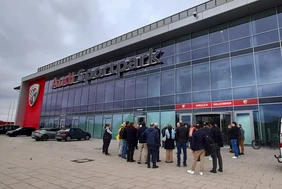
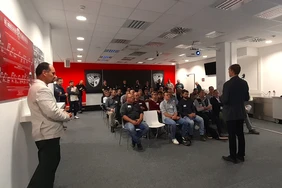
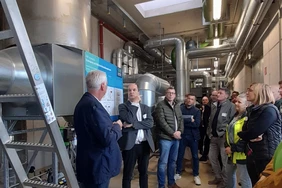
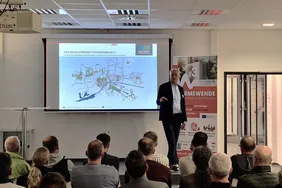
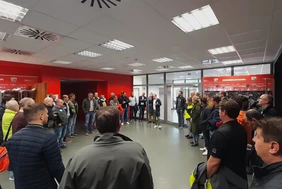
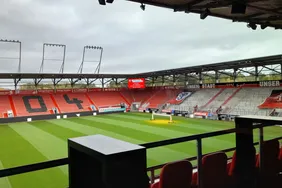
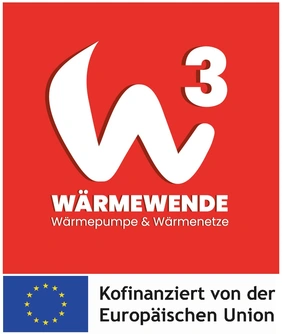
![[Translate to English:] Logo Akkreditierungsrat: Systemakkreditiert](/fileadmin/_processed_/2/8/csm_AR-Siegel_Systemakkreditierung_bc4ea3377d.webp)





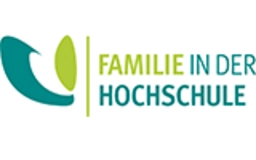
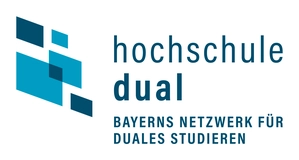
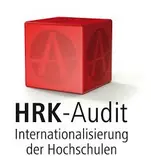
![[Translate to English:] Logo IHK Ausbildungsbetrieb 2023](/fileadmin/_processed_/6/0/csm_IHK_Ausbildungsbetrieb_digital_2023_6850f47537.webp)


